If Google is showing you this page directly, click here to go to the start of the article.
We’re checking out the Topping D50 III DAC & A50 III AMP Stack performance on this page.
Topping D50 III & A50 III DAC & AMP Stack Performance
Testing Gear: 64Audio Volur, Symphonium Crimson, Sennheiser IE600, Hifiman Ananda Nano, Topping TCT TRS, Cardas Clear RCA DIY, Canare USB-C DIY, JDS Synapse, Qobuz Studio & Windows 11.
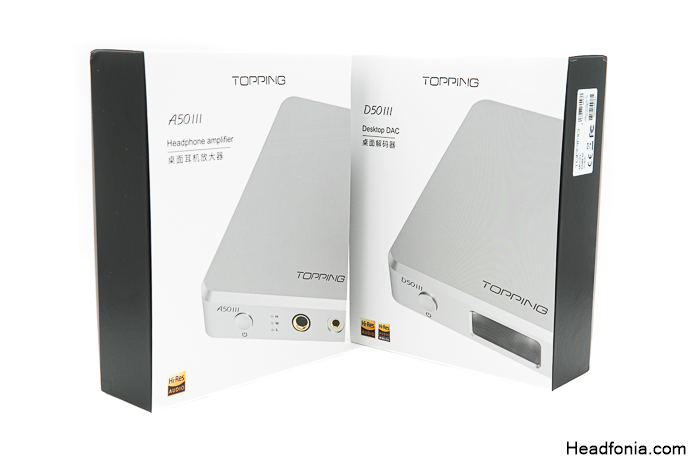
The Topping D50 III & A50 III are naturally designed to be used together, and while each performs well on its own, the synergy and aesthetic appeal of this stack are excellent. The stack takes little to no space, thanks to their small footprint, and for a price point of just under $500, the D50 III and A50 III deliver an outstanding level of versatility and performance, making them suitable for everything from studio monitors to high-impedance headphones and even sensitive IEMs. It could be an all-in-one solution for any budget-conscious audiophile. It can rival and better any DAP that can be acquired under the $500 mark, so if you are not mobile, I would definitely recommend getting this stack over a DAP or a portable dongle.
The sound signature of the D50 III & A50 III stack is transparent, balanced, and detailed, with excellent end-to-end extension. It provides a linear and coherent performance across the frequency spectrum without introducing any unwanted coloration. The control, the PRaT, is excellent; it can push my Anandas to their max as well as my €2k CIEMs, so there’s no bottleneck anywhere. There is always a better option in audio, as this hobby is a bottomless pit, but you get your money’s worth with this stack.
Using the Volür, the stack delivers a very clean, dynamic, and punchy bass. The stack reflects the equipment as is, and while I was testing them with the IE600, I experienced a less impactful but more cohesive rendition of bass, which is the highlight of IE600’s signature recipe. The stack puts the single dynamic to test, able to produce impressive rumble and a textured mid-bass, which the stack controls very well. As earphones change, signatures change naturally, but the technical proficiency/enhancement of the source persists, no matter what you pair it with. My IE600 does not sound this good with a DAP. The D50 III A50 III stack is quite impressive when it comes to technical capability. Jennifer Warnes’ Bird on a Wire track showcases excellent bass depth and stereo separation with both Volür and IE600 powered by the Topping stack. Wonderful.
The vocal rendition of the stack is clean and transparent, with great resolution and detail retrieval. The stack reflects the earphones as is, so there is no added coloration or saturation anywhere. Pairing the unit with the Ananda Nano results in a resolving and transparent midrange performance with plenty of air. The stage is wide, and the imaging feels accurate. Nano’s soundstage feels uniform but spacious with this stack. The stack has excellent control over the entire midrange; the upper midrange energy is perfectly controlled, with hi-hats staying just where they should.
The treble response of the stack is clean and showcases excellent extension, especially with Volür, thanks to its tia driver. The stack lets Volür take the stage without any harshness; you get to enjoy the sparkling treble dissipating after reaching the climax of the well-defined soundstage. The treble resolution and clarity are impressive, nothing like what I’ve heard from portable units, so if you are not mobile and you are using a portable unit, just don’t. The background is dead silent with no hiss, even with Symphonium’s excellent IEM, Crimson. The transients are fast, agile, and clean. Overall, the stack has excellent top-end performance, similar to the rest of the spectrum.
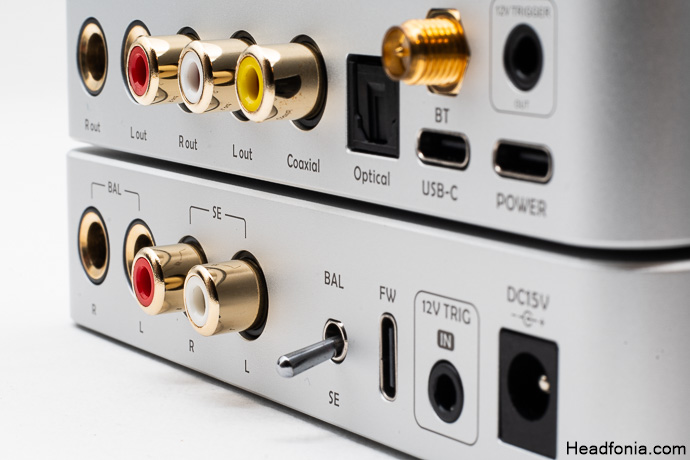
Comparisons
Yulong DA-ART Aurora ($520 USD)
Aurora is a mid-tier all-in-one made by Yulong. Aurora’s highlight feature is that it is equipped with a traditional class A amplifier stage.
ESS Technology’s ES9068AS premium chipset is used as the DAC. In addition, the device has 7 OPA1612 operational amplifier chips and is powered by an external adapter.
The D50 III & A50 III stack offers a transparent, neutral, and detailed sound signature with exceptional technical performance. The bass is tight, well-controlled, and agile, while the midrange is clean, natural, and uncolored. The stack shines in terms of PRaT, soundstage width, and instrument separation, providing a linear, accurate presentation. In contrast, the Aurora is warmer, has a more musical signature, and has a more rolled-off treble response thanks to its Class A amplifier stage. Its bass is more impactful compared to the Topping stack yet carries less detail with a more blurred impact. The IE600 does not like Aurora at all; it may be due to impedance matching, I don’t know. The Aurora sounds more relaxed with a smoother tonality, but the control is far superior on the Topping stack. It handles congestion-prone tracks with ease, whereas Aurora takes a resolution hit as soon as the stage overcrowds. The treble expansion of Aurora is less pronounced than in the Topping stack. The Volür’s tia driver tries to compensate, but my ears miss the Topping’s clean attack and dispersion.
Topping E30 II & L30 II ($299 USD)
The D50 III & A50 III stack has a more transparent and detailed sound signature. Both stacks are neutral with excellent linear responses, but there are a couple of sonic differences between them. During my testing, the D50 III & A50 III showed superior PRaT, keeping fast-paced, complex tracks well-organized and free from congestion.
The D50 III & A50 III stack feels more refined, while the E30 II & L30 II stack is still neutral overall; there’s a subtle smoothing in the treble, making it feel more forgiving on the top end. Low-end is slightly more definitive on the D50 III & A50 III stack, especially when using the Ananda Nano for comparison.
The technical capabilities are where the D50 III & A50 III start to edge ahead. The soundstage on the D50 III stack feels wider, offering more accurate/definitive imaging compared to the E30 II stack, which, while still impressive for its price, has a slightly more intimate presentation.
In terms of design and I/O, the D50 III & A50 III stack offers more versatility, with additional inputs like Bluetooth LDAC and dual USB-C for power and data separation, which the E30 II lacks. The D50 III & A50 III look much more premium compared to the E30 II & L30 II stack, too, with a better build quality, form, and finish. They occupy similar spaces on my desk, but aesthetically, the D50 III & A50 III stack takes the cake.
Last Words
Topping’s D50 III & A50 III stack is an impressive duo that offers remarkable performance at an affordable price. With its clean, transparent sound signature, excellent technical capabilities, and versatile features like Bluetooth LDAC, PEQ, and balanced outputs in a compact form, this stack delivers far more than its price suggests. Whether you’re daily driving sensitive IEMs or demanding full-sized headphones, the stack provides clarity, precision, and a crazy amount of power. For anyone looking to upgrade their desktop audio setup, the D50 III & A50 III stack is a clear winner in my book.
If you need a solid, versatile DAC and an amplifier, I definitely recommend that you give the this duo a chance. We thought it is only fair to award the D50 III and A50 III stack with the HFN Recommended Award. So these units are now featured in our recommended DAC/AMP list!
Pros
+ Excellent SQ
+ Excellent transient response & technical capability
+ Excellent value
+ Compact footprint
Cons
– TRS BAL propriety cable not included in the package
– Power button tactile feedback is weak
Page 1: Topping D50 III Desktop DAC, Packaging & Accessories, Design & Build Quality, PEQ, Features, DAC Performance
Page 2: Topping A50 III Desktop Amp, Packaging & Accessories, Design & Build Quality, AMP Performance & Power
Page 3: Topping D50 III & A50 III DAC & AMP Stack Performance, Comparison, Last Words







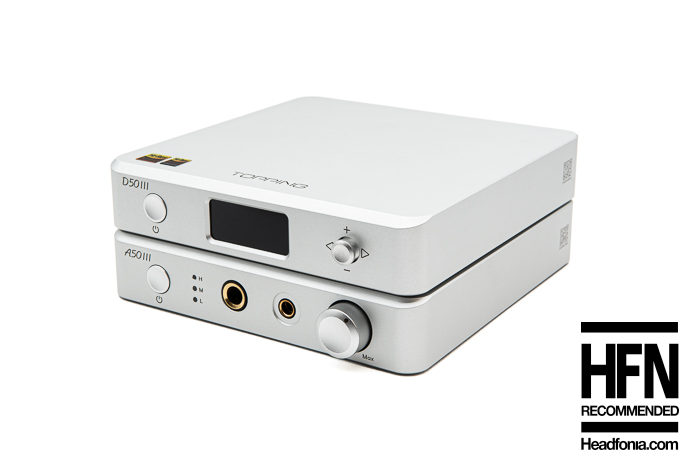
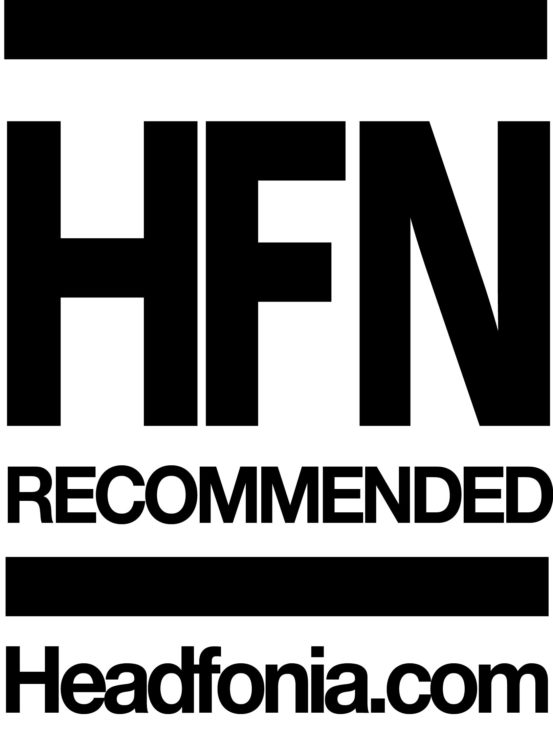
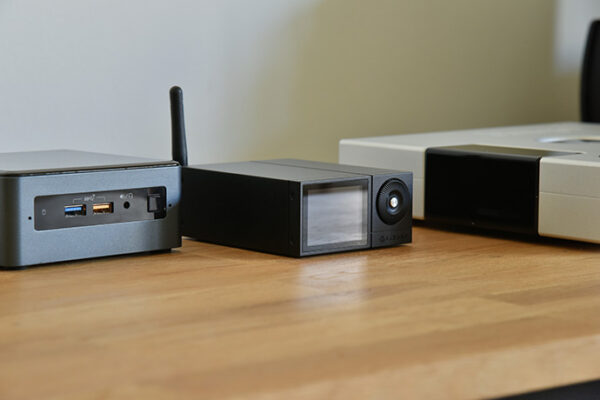

Jason
Do the EQ settings get saved to the D50III and can be applied while using the optical input? I’m very close to getting this, but this would probably be a dealbreaker for me if it isn’t an option.
Rudi
The DSP is done by the XMOS USB chip, hence only the USB input will do DSP.
Marcin
Hello, and thank you very much for the review of this Topping D50 III Dac, based on your review I decided to buy this equipment, because I was looking for something that can play well and show all the details in music and I mainly listen to CDs and music from the Internet. And I was not disappointed, my Edifier S2000MKIII active speakers have only gained, I am still in the testing phase and the equipment is still warming up and with it new cables for the speakers and the dac itself that transfer sound from the computer via USB C to USB C in the dac. What is also confirmed for me because I am testing filters with the new software is 8 now and it is this 3 that suits me the most, as you said the difference is subtle but I hear as if on this filter a greater openness of the sound. And one more important thing, give the Dac and the cables/wires time to warm up and if you have new speakers or headphones, they also need to warm up, this is not a myth, the equipment needs to play for a certain amount of time for the music to start sounding the way it should, my example, after buying the Dac, I noticed that the sound was less dynamic and flatter and less bass and I immediately saw that it needed time to warm up, and that’s what happened after a solid warm-up for a few days, I turned on the music and it kept playing, after the first such session it started to change for the better, and now after a few days of playing like this I can see that it is getting better day by day and the speakers have taken wings.
I have one question, what do you think and assess whether the cable that is included with the Dac Topping D50 III, the one for sound, i.e. USB C to USB C, which I use to transfer sound from the computer to the Dac, is it worth replacing, is it of good quality?, or can I replace it with something more expensive around PLN 70-100?. I’m asking because it’s often the case that the cables in such sets are of questionable quality. I had the same problem with RCA to RCA cables from speakers – it was obvious that something better was needed.
Adam
Currently have a FiiO K11 R2R paired with a Topping A50 iii and I’ve been given the opportunity to straight swap my FiiO for the Topping D50 iii.
Has anyone any experience between the two and are able to offer any insight? Is this more of a ‘side-step’ as opposed to an upgrade?